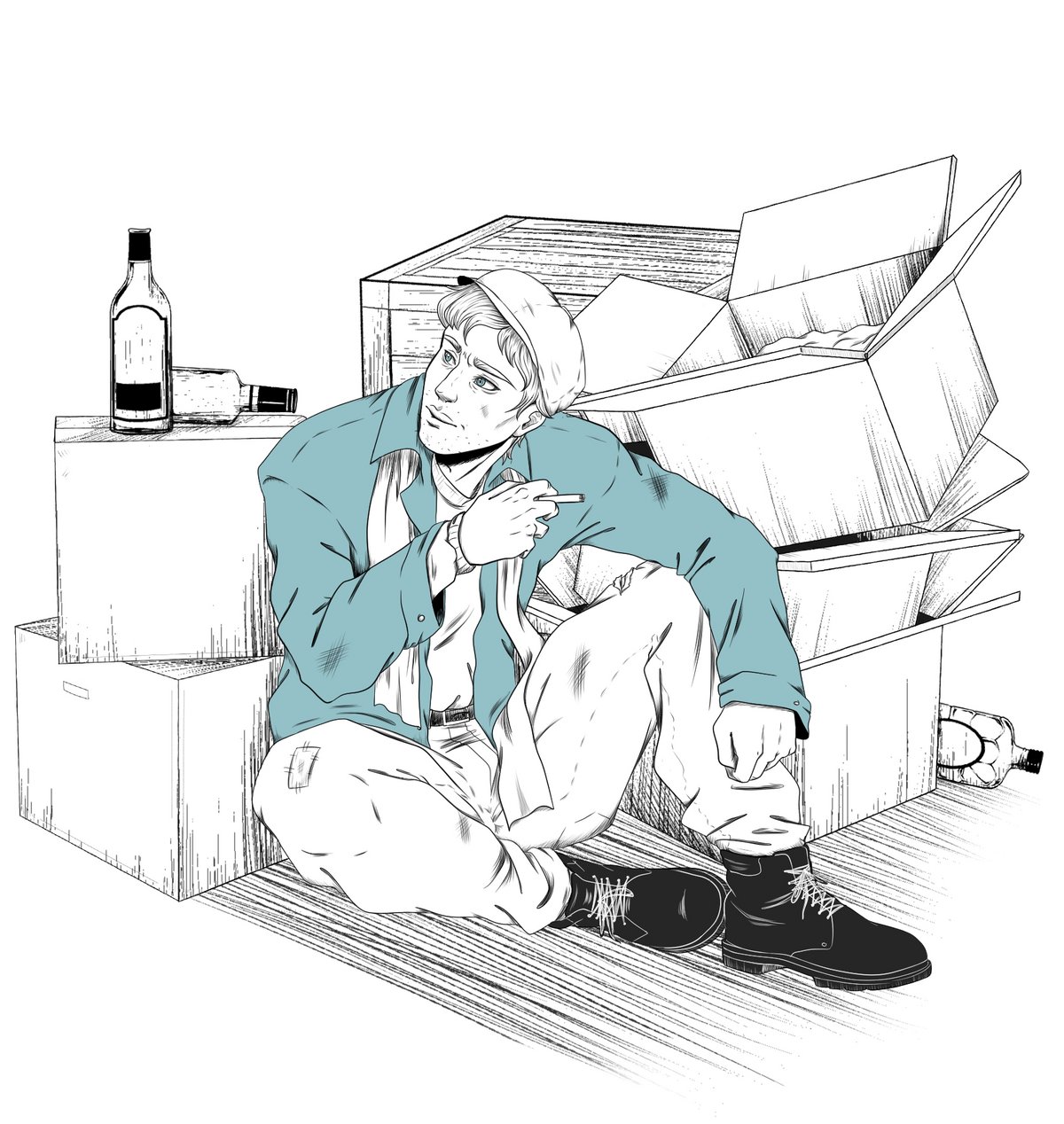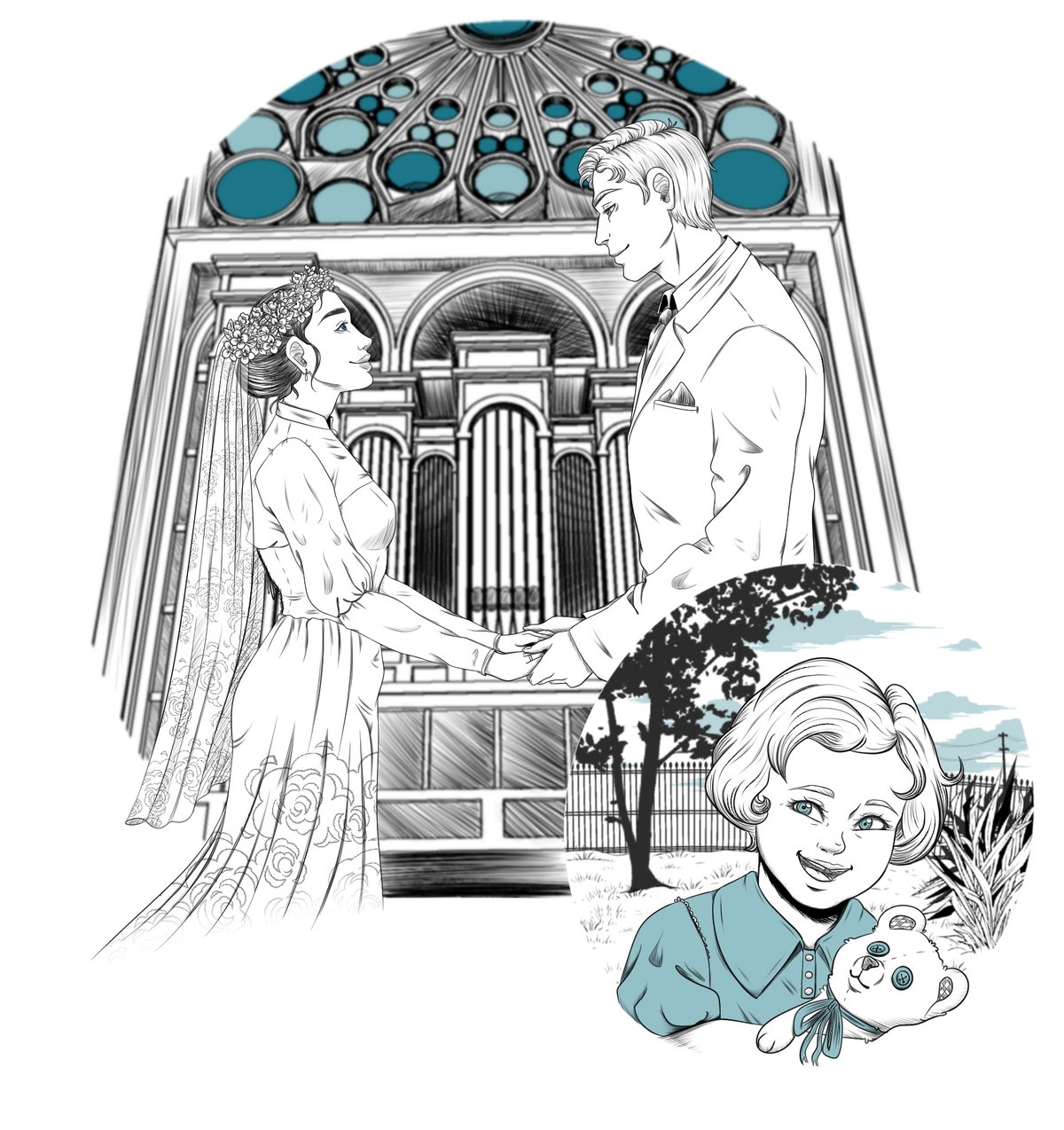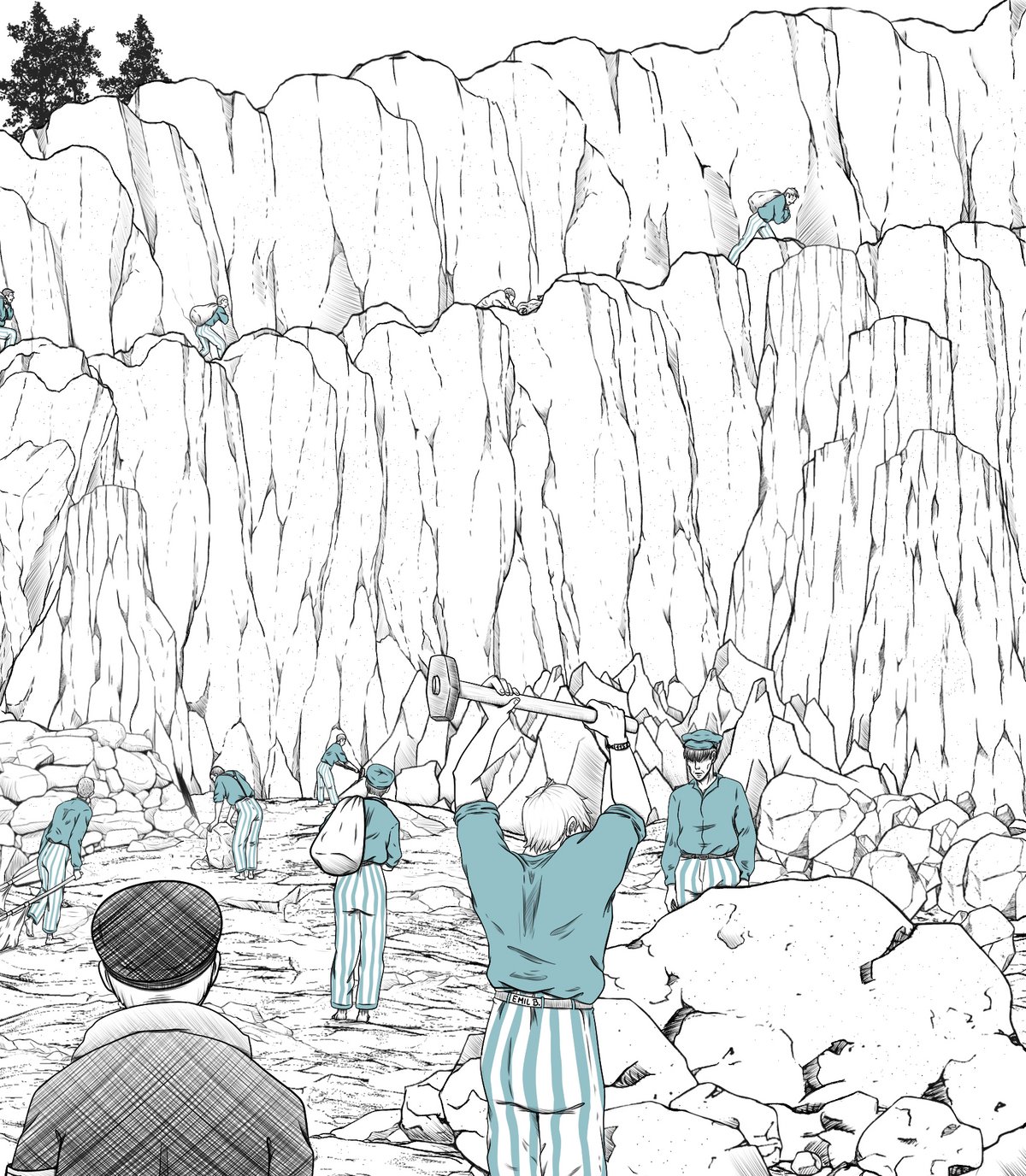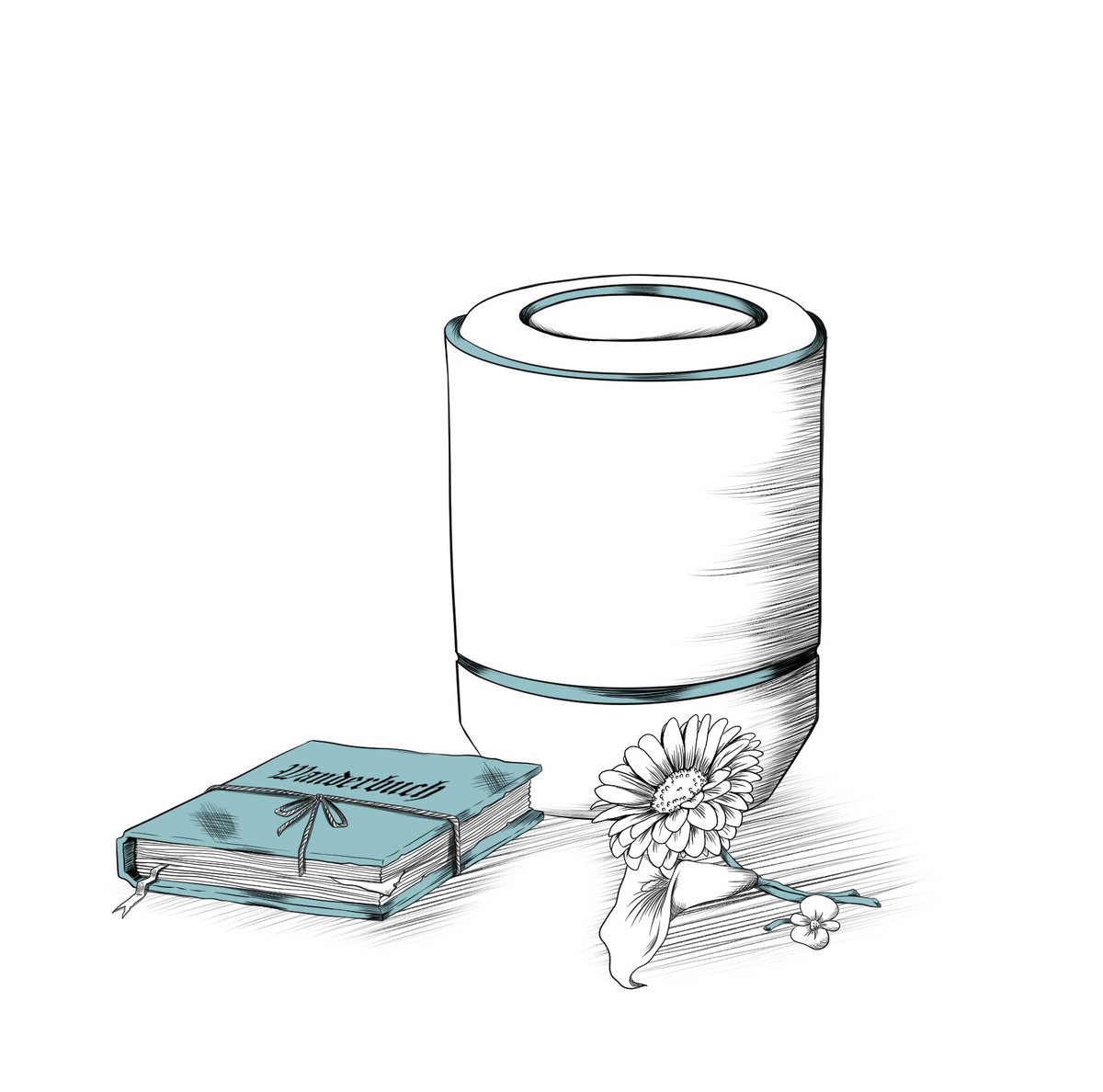In 1938, in a small town in Upper Austria, one of the many Nazi concentration camps was constructed. It was known as the Mauthausen concentration camp. It existed from 1938 to 1945. The camp was run and guarded by the SS. The people who were imprisoned here came from many countries in Europe: Poland, Russia, France, Italy, Germany, Austria and others. They were political opponents, belonged to marginalised groups (e.g. ‘criminals’, ‘asocials’) or were persecuted for anti-Semitic and racist reasons (e.g. Jews). Most of the prisoners were men, but there were also women and children.
In the Mauthausen quarry, the prisoners carried out hard forced labour. In the more than 40 subcamps (Gusen, Steyr, Linz, Ebensee, Vienna...), they were deployed in the arms industry. People lived in overcrowded accommodation. They were not given enough food and clothing, and they starved and died of diseases. SS men beat many prisoners to death, shot them or murdered them in the gas chamber at Mauthausen. In total, almost 200,000 people were imprisoned at Mauthausen and its subcamps. Half of them lost their lives.
The Mauthausen concentration camp was on a hill and could be seen for miles around. Many people were involved with the camp: they worked there, brought deliveries or knew SS men. Almost everyone knew about the death camp. Often, the SS men committed the crimes in full view of the population. On 5 May 1945, the Mauthausen concentration camp was liberated by US troops.
Here, you will read the story of a person who was connected with the Mauthausen concentration camp.
Emil Baum
Text: Andreas Liska – Illustration: Vanessa Kronjäger

Emil Baum is born in 1904 in Landstuhl, Germany. He is the youngest of several siblings. Emil’s mother dies when he is six years old.
As a young man, he changes jobs frequently. He records the many jobs and places of his working life in his travel and work book. He is often unemployed, and from 1930 to 1932 he has no fixed accommodation.

During this time, Emil Baum meets Ella Margareta Schanne, who is one year younger than him. She gives birth to their daughter Hildegard in July 1932. In September 1932, Emil and Ella get married. Ella’s parents do not agree with the marriage. In 1932, the entries in Baum’s travel and work book come to an end. Now that he has started a family, Baum wants to make a fresh start after years of unemployment and homelessness.

However, the young family’s financial situation does not improve. Emil Baum commits some thefts in order to feed his family. At the beginning of 1936, he is sentenced to two years and three months in prison for a repeat offence of grand theft. Baum serves the sentence in a prison and is then held in the Börgermoor prison camp in northwestern Germany, where one of the first concentration camps existed for a short time after the Nazis came to power in 1933.
In 1938, Baum returns to his family in Landstuhl in western Germany. He finds a job as a construction labourer on the new barracks being built in his town. But without being given a reason, he is arrested by the Gestapo a few weeks later. He only has time to write a letter to his wife asking her to bring him fresh clothes.
Emil Baum is one of the more than 9,000 victims of what is known as the ‘June Operation’. This is a wave of arrests in the German Reich from April to June 1938, in which ‘asocials’, ‘work-shy,’ ‘gypsies’, traveling merchants, Jews with criminal records and other ‘undesirables’ are imprisoned by the Gestapo. The Nazis want to use the arrests to remove so-called ‘asocials’ from society and make them carry out forced labour for SS businesses in concentration camps.
Because Emil Baum is seen as having a ‘Marxist attitude’ and has 11 previous convictions for theft and begging, he is imprisoned in a concentration camp as a ‘preventive measure’. From the end of June 1938, he bears prisoner number 17879 in the Dachau concentration camp near Munich. The SS assigns him to the prisoner group ‘A.Z.R.’, which stands for ‘Arbeitszwang Reich’ meaning ‘Reich forced labour’. A.Z.R. prisoners wear a black triangle on their uniform.

Emil Baum writes a few letters to his wife from the Dachau concentration camp to inquire after his family and ask for stamps to send more letters. When he gets no answer, his letters become more and more urgent.
Finally, on 21 March 1939, Emil Baum is transferred to the Mauthausen concentration camp, along with about 700 other prisoners. The camp has just been established. He is assigned prisoner number 1158 upon arrival and placed in Block 7. Baum has to work in the Wiener Graben quarry under the most difficult conditions, with thin clothing and very poor provisions. People are afraid of the quarry because prisoners do not survive there for more than a few months. They have to hew granite stones with very basic tools or carry large stone blocks up the so-called ‘stairs of death’. While they do this, the SS officers beat many of them death. Emil Baum’s few letters from Mauthausen to his wife sound increasingly desperate.
On 11 January 1940, at 3:20 p.m., Emil Baum dies in the Mauthausen concentration camp; his death is recorded as being due to ‘pneumonia and cardiovascular insufficiency’. The SS often enter such causes in the death books to cover up murders.
His body is taken to the Steyr crematorium, because at this time the Mauthausen concentration camp does not yet have its own furnaces. The SS offers Ella Baum an urn containing her husband’s ashes for a fee. But she declines, saying: ‘You have taken my husband from me, and I don’t even know if they are Emil’s ashes.’ The urn is later buried at Tabor cemetery in Steyr.

In March 2011, a tomb with 800 urns of concentration camp prisoners dating from around 1940 is rediscovered under a pavement at the cemetery in Steyr. Some of these tin containers are well preserved, and many even have a name stamped on them. On one of these urns is the name Emil Baum.
Daniel Engel now researches the life story of his great-grandfather Emil Baum. But he is unsuccessful in his attempt to have Baum’s urn buried in his hometown of Landstuhl. The local municipality refuses to create a burial site because Baum ‘did not make any significant contributions to his former place of residence.’ And so Emil Baum’s ashes rest in Tabor cemetery in Steyr. Since 2017, a monument has stood where the urns were found.
- 1904 Emil Baum is born in Landstuhl
- 1914 28 July, start of the First World War
- 1918 11 November, end of the First World War
- 1929 October, beginning of the Great Depression
- 1932 End of Emil Baum’s period of homelessness
- Baum’s daughter Hildegard is born
- He marries Ella Margareta Schanne
- 1933 30 January, Adolf Hitler becomes Reich Chancellor in Germany
- 1936 Emil Baum is convicted of a repeat offence of grand theft
- 1938 End of imprisonment
- 12 March, ‘Anschluss’ (‘Annexation’) of Austria to Nazi Germany
- arrest action "June Operation"
- 1938 arrested by the Gestapo and imprisoned in Dachau
- 8 August, construction starts on the Mauthausen concentration camp
- 1939 Baum is transferred to Mauthausen
- 1 September, start of the Second World War
- 1940 Emil Baum dies in Mauthausen concentration camp
- 1945 5 May, Mauthausen concentration camp is liberated by the US Army
- 2011 His urn is found in the Tabor cemetery in Steyr
Further reflection in groups...
Emil Baum is arrested in 1938 by the Gestapo and imprisoned in a concentration camp. Describe what his living conditions are like in the camps.
During your visit to the Mauthausen Memorial, you will also see the Wiener Graben quarry and the ‘stairs of death’ where Emil Baum had to do forced labour. Find out what the working conditions were like for the prisoners there.
Emil Baum repeatedly writes letters to his family from the concentration camp. Think about why people try to contact their families or friends, especially in difficult situations.
Daniel Engel, Emil Baum’s great-grandson, would have liked to bury his great-grandfather’s urn in his hometown in Germany. Why do you think that would have been important for his great-grandson?